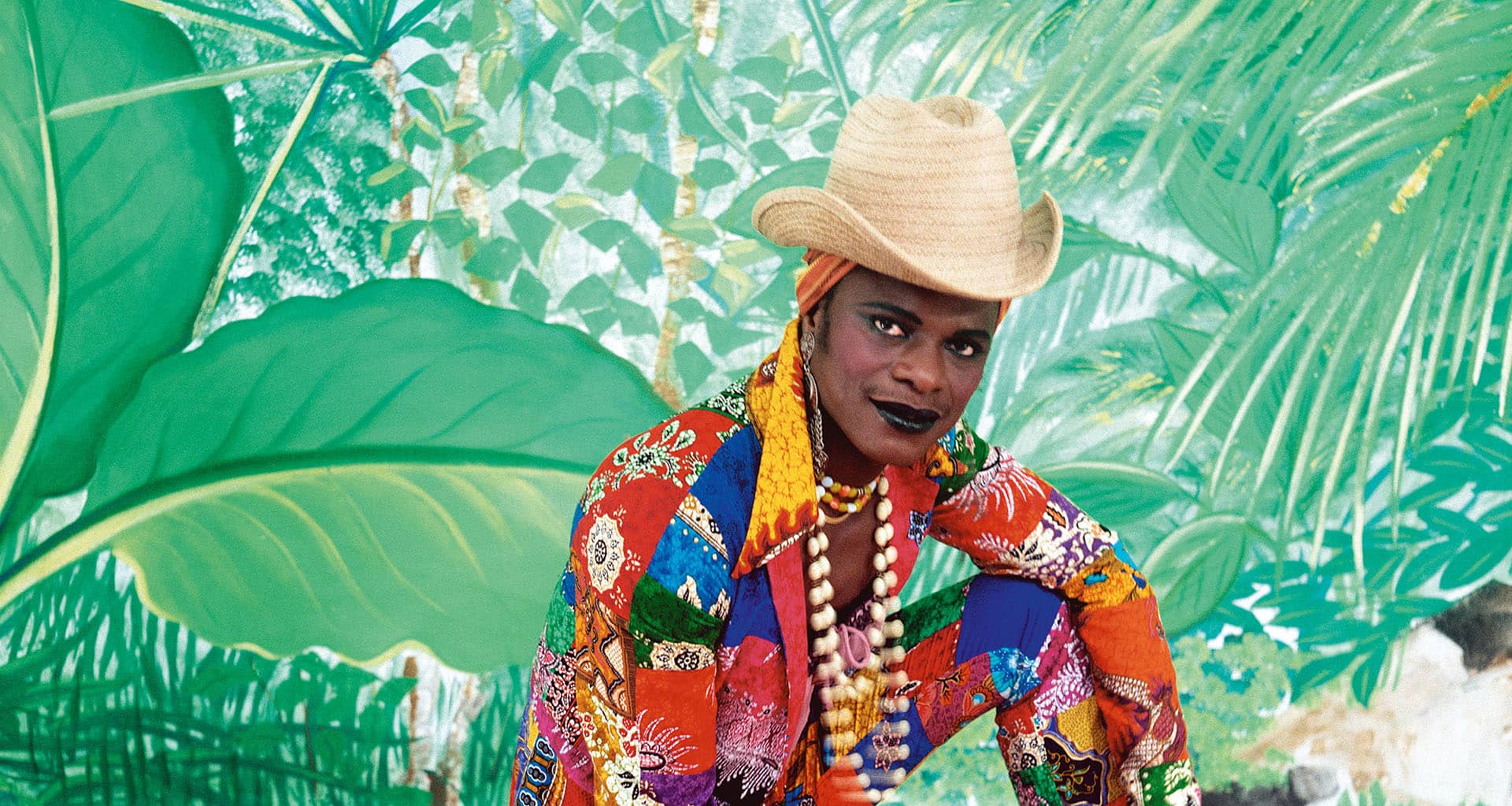Fifty years in the making, a new book explores identity, representation, and history in postcolonial Africa through the eyes of Cameroonian-Nigerian photographer Samuel Fosso.

You’re getting blind.
Don’t miss the best of visual arts. Subscribe for $9 per month or $108 $90 per year.
Already suscribed ?



